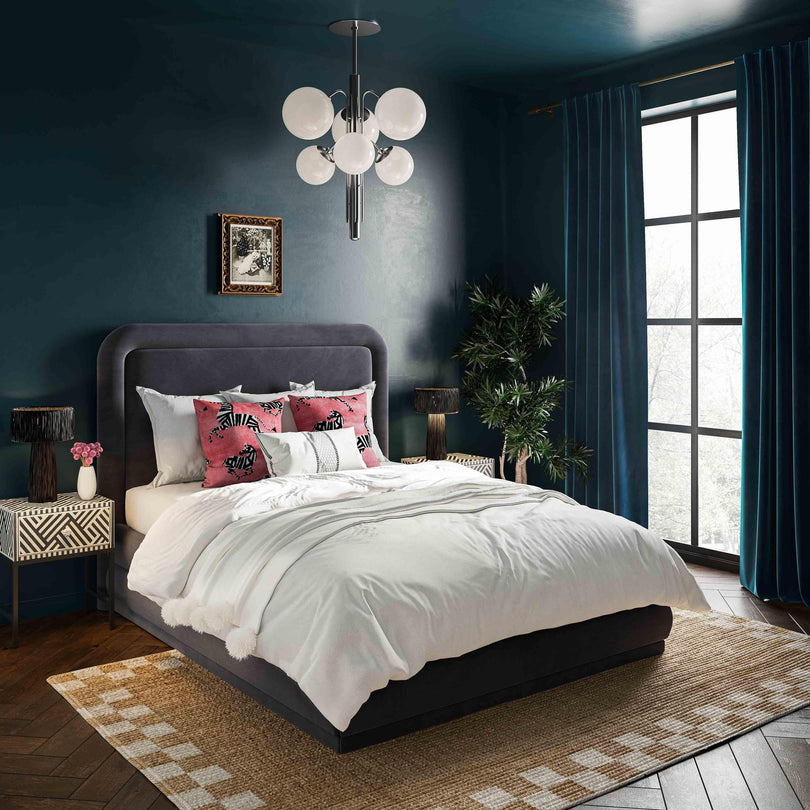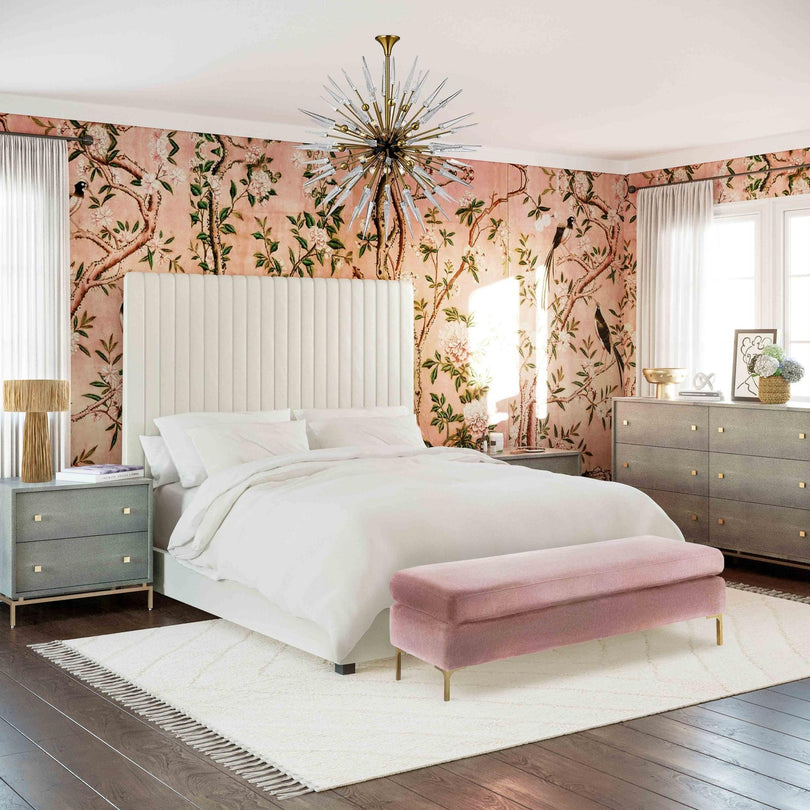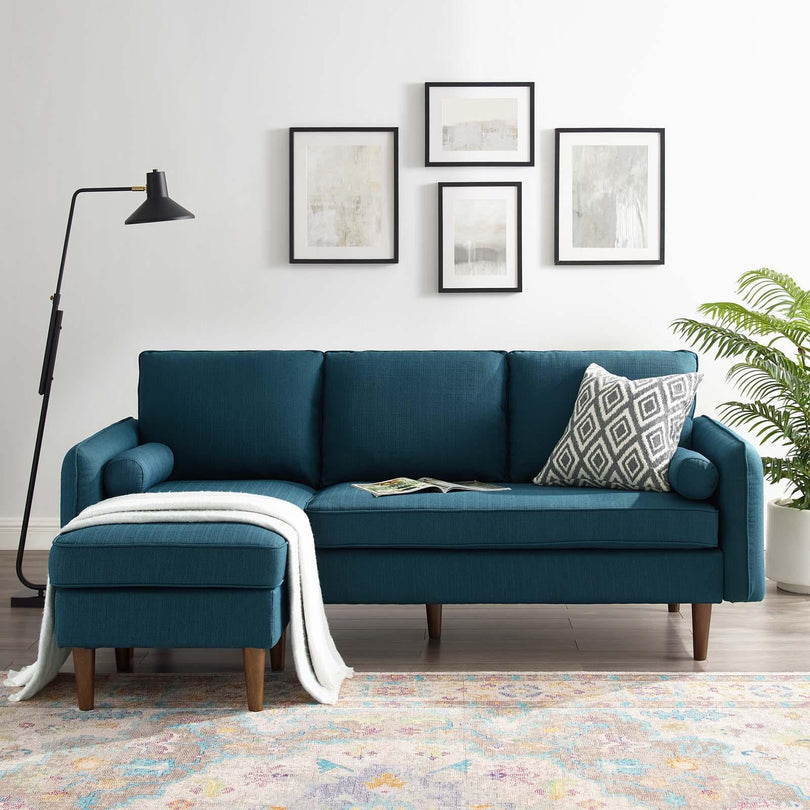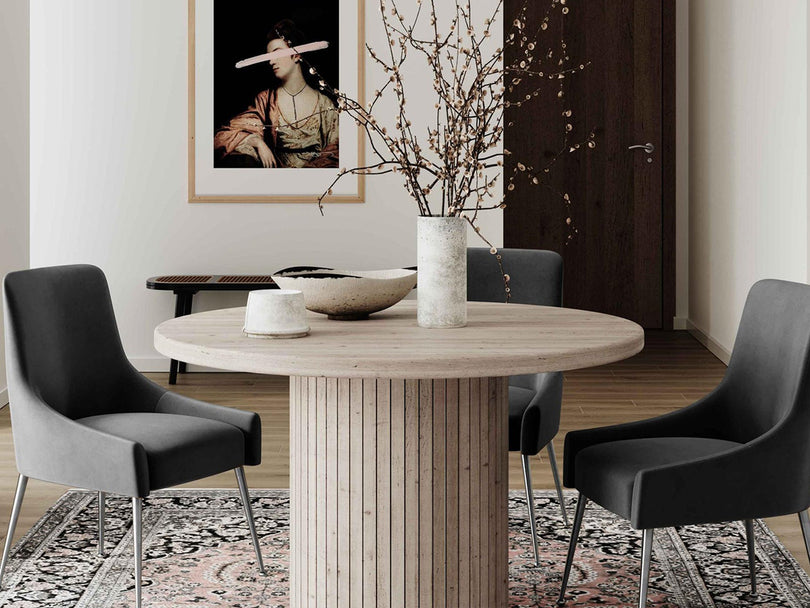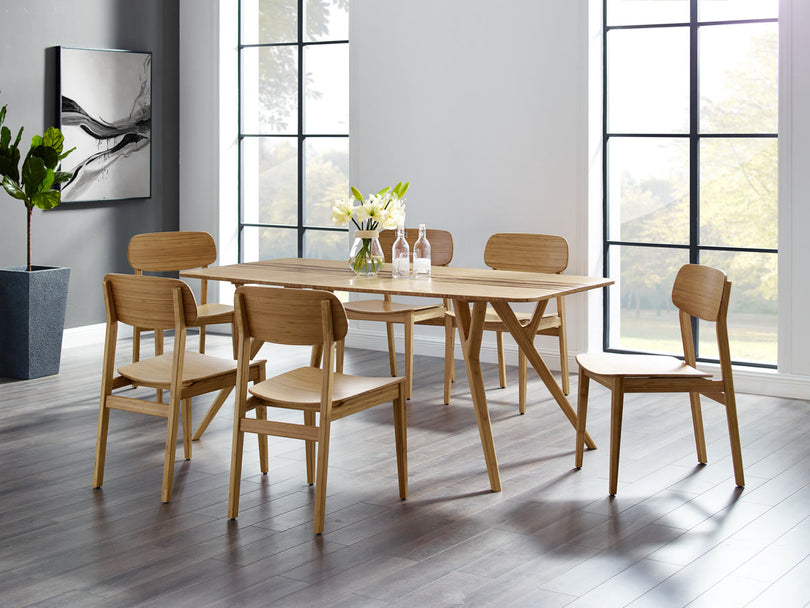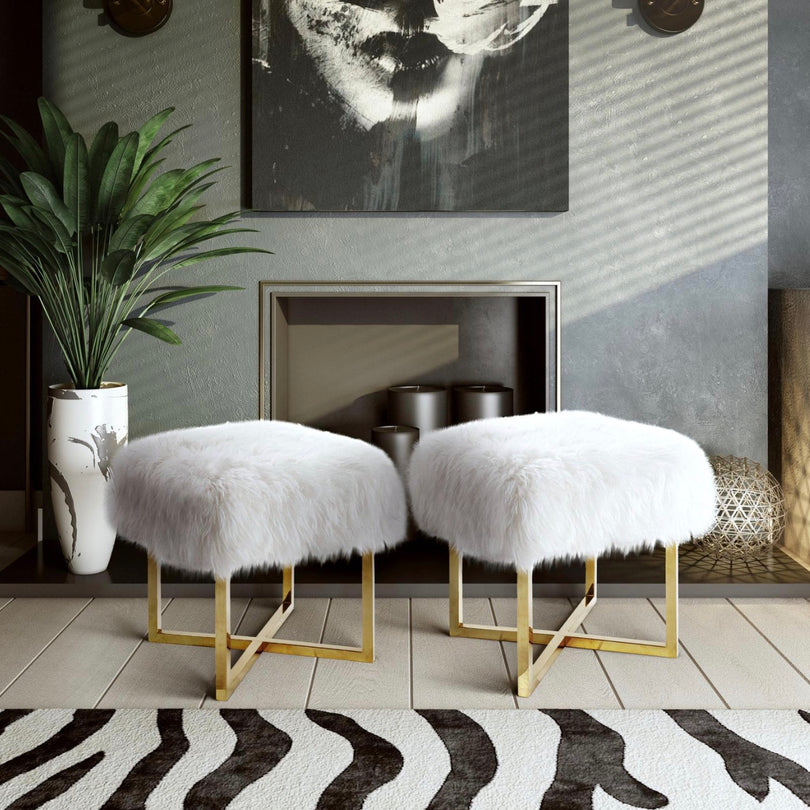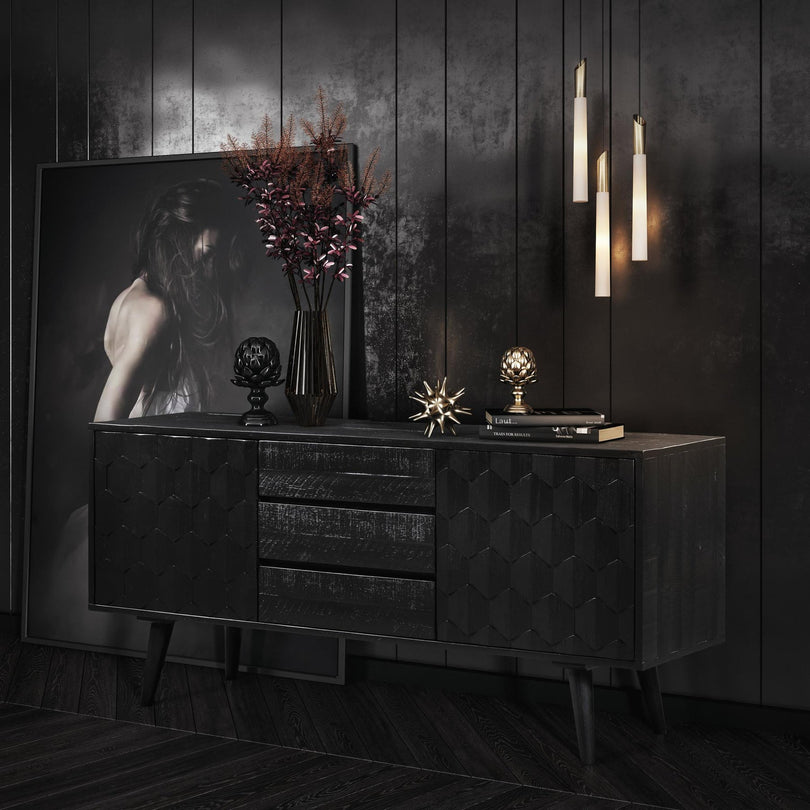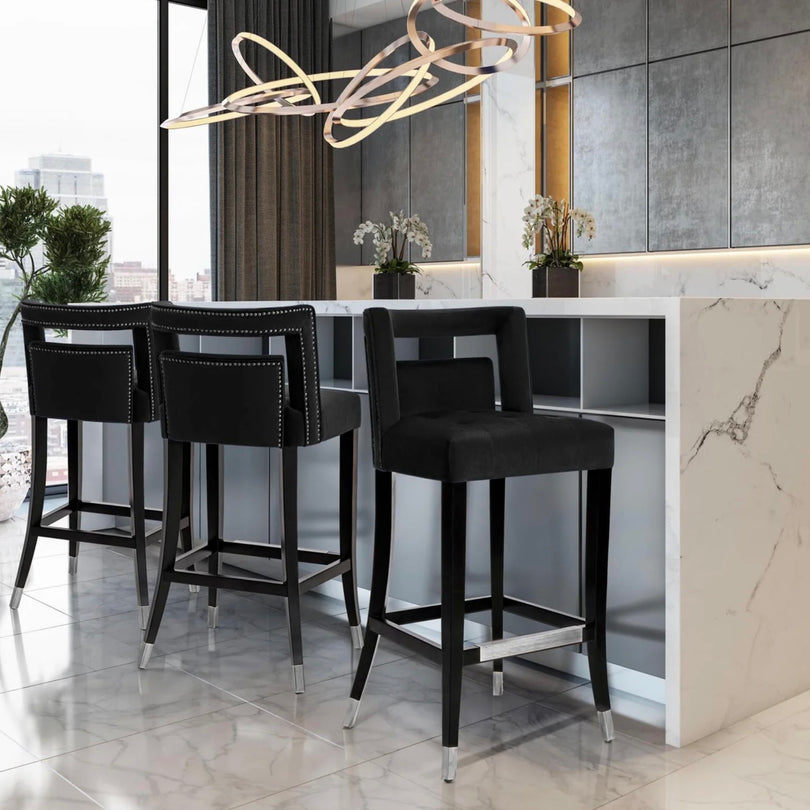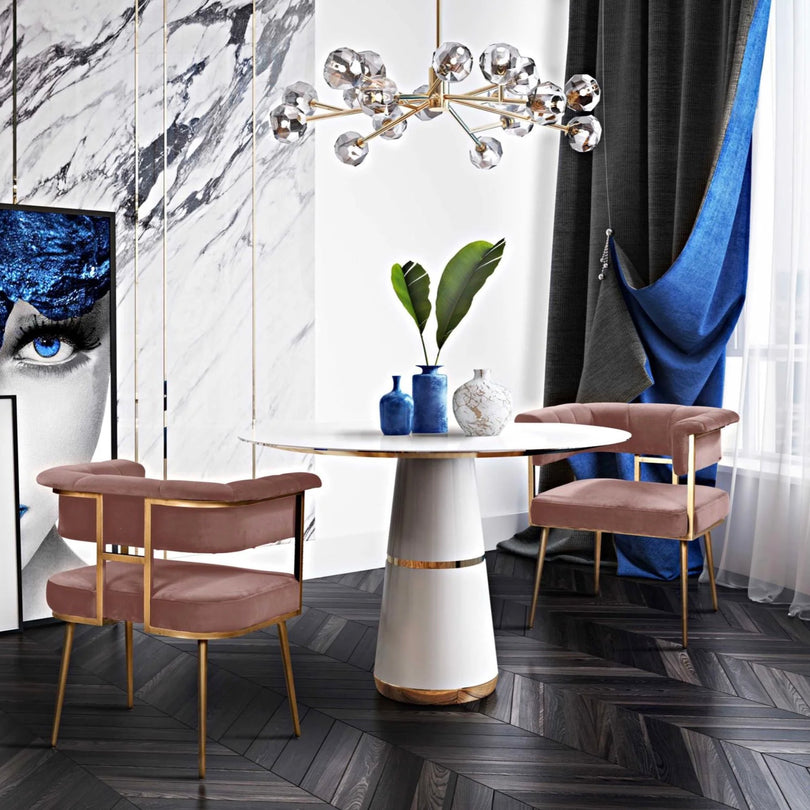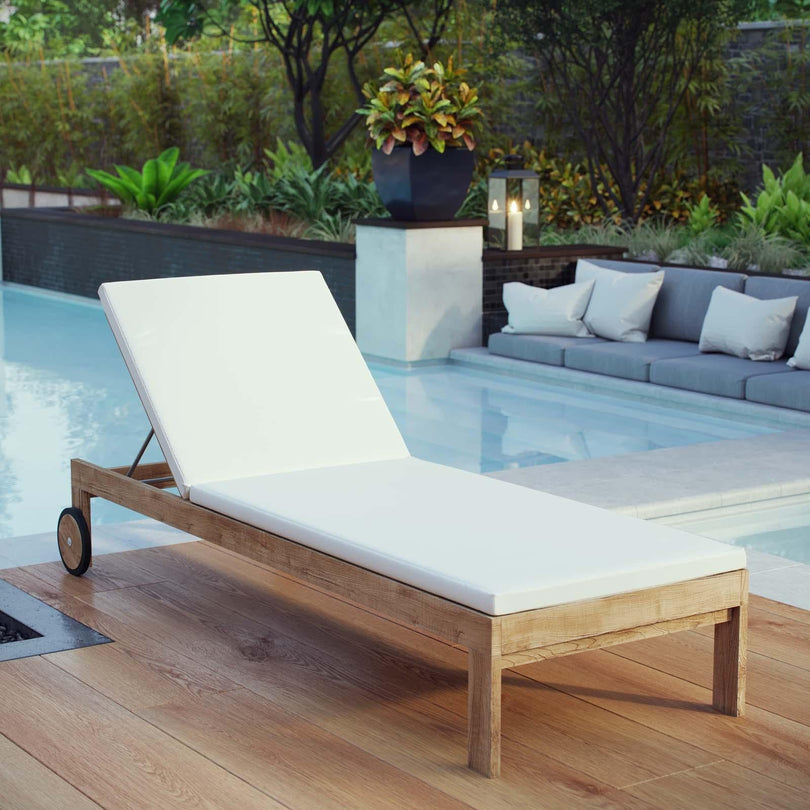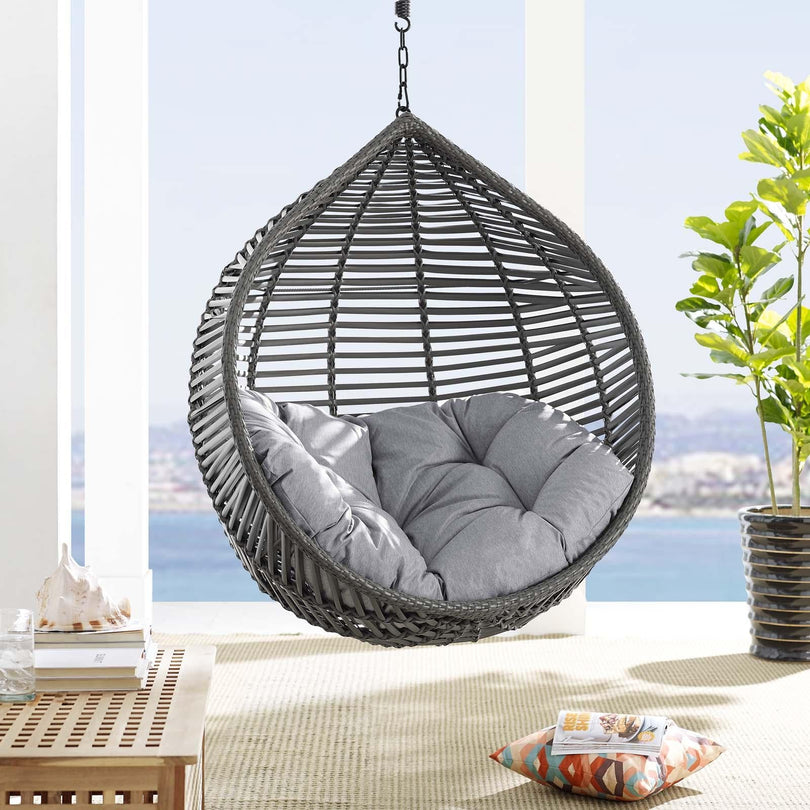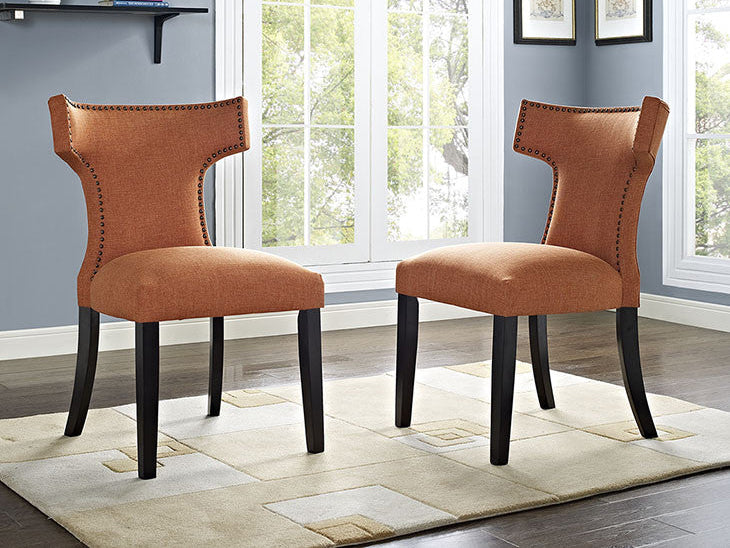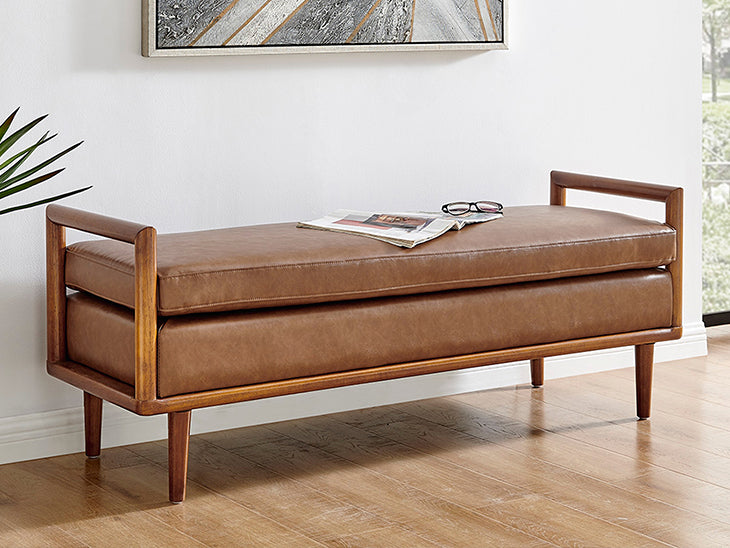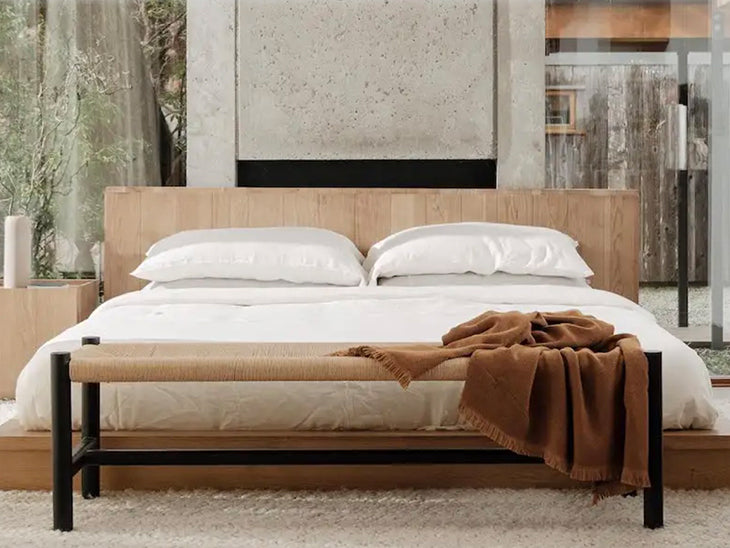From sleek sofas to multifunctional tables, the beauty of minimalist furniture lies in its simplicity, elegantly blending functionality with aesthetics. As we step into 2024, minimalism continues to colonize the expansive world of interior design, shaping trends in the global furniture market. This section provides an enlightening probe into the rise of minimalist furniture, its influences on consumer demands, and its impact on the e-commerce boom for the furniture industry. Underpinning the entire discussion is an in-depth exploration of emerging design trends, bolstering the enduring preference for minimalist furniture in 2024. Join us as we delve into a refreshing take on minimalist furniture trends, utilizing data, forecasts, and the keen insights of industry experts. So, unfold your creative capes and embark on this illuminating journey of reimagining simplicity!
Projected Growth in Global Furniture Market
In our fast-evolving world, the furniture industry is no exception to the stride of change. Looking into the future, this sector offers a promising panorama. The global furniture market is revolutionizing the landscape of interior decorations and lifestyle choices, set to reach an astounding USD 658,196.0768 million by 2031.
Overall Market
The furniture industry is a key player in the global retail landscape. From traditional furniture stores to online platforms, the market is thriving with diversity and versatility. Thanks to this multi-channeled approach, the revenue in the furniture market is projected to reach US$283.30bn in 2024. With innovative designs, smart technology incorporation, and eco-friendly furniture gaining popularity, this sector is poised for steady growth.
Living Room Furniture Market
As the heart of the home, living rooms see a constant demand for fresh, comfortable, and aesthetic furniture. Touching on this segment's future reveals an interesting trend. The living room furniture market is projected to grow by 4.07% from 2024-2029, anticipating a market volume of US$273.00bn in 2029. From sleek sofas to functional coffee tables and statement ottomans, the variety and endless possibilities contribute to this positive trajectory.
"Your furniture is a reflection of your personality and lifestyle choice."
Luxury Furniture Market
Luxury is not just a statement; it's an experience of comfort, exclusivity, and superior quality. Among the different market sections, the luxury furniture market stands out with its expected burgeoning growth. From opulent pieces boasting intricate designs to custom-made furniture that narrates a story, the inclination towards luxury furnishings has multiplied. As a result, the market size is expected to substantially grow between 2024 and 2032, with its value reaching US$24.4 billion already in 2023.
Ultimately, the furniture market's vortex of innovation and growth continues to captivate consumers worldwide. As the charm of redefined luxury, comfort, and personal style charm consumers, the industry positively radiates an exciting future.
E-commerce Boom in Furniture Industry
The e-commerce landscape has been growing exponentially, completely reshaping traditional retail models. Yet, no industry compares to the meteoric rise witnessed in the furniture and homeware sector. From chic coffee tables to plush sofas and everything in between, online furniture shopping has become the standard.
Given the current growth trajectory, retail e-commerce revenue from furniture and homeware sales is projected to significantly increase from the incredible sum of USD 132.7 billion recorded in 2021. This staggering number signals both the dynamic nature of the e-commerce industry and the tremendous consumer shift towards online furniture purchasing.
Let's delve a little deeper into the reasons behind this seismic shift:
- Convenience: Online shopping allows customers to avoid the hassle of physically visiting multiple stores. With a few clicks or swipes, customers can now view, compare, and purchase items from the comfort of their homes.
- Variety: E-commerce platforms offer a wider range of products than most brick-and-mortar stores. Customers are exposed to an extensive array of local and international brands, styles, and designs to choose from.
- Cost-Effective: In many instances, products are more competitively priced online due to low overhead costs for sellers, leading to savings for end consumers.
- Detailed Information and Reviews: Online platforms provide in-depth product specifications, user reviews, and ratings that help buyers make an informed decision.
“He who hesitates is lost," wrote Joseph Addison, asserting the importance of seizing an opportunity when it presents itself. Indeed, the furniture industry has embraced Addison's sentiment, leveraging e-commerce platforms to bring their products into millions of homes worldwide.
While these figures and reasons provide a glimpse into the e-commerce boom in the furniture industry, it's important to remember that this is a dynamic, evolving landscape. The industry must continue to adapt, innovate and focus on offering the best customer experiences to secure its market position and fuel future growth. A daunting task for some, but a challenge that the furniture industry seems more than equipped to meet.
Change in Furniture Industry According to Consumer Needs
The age of bespoke, personalized furniture has dawned, and it is shaping the future of the furniture industry like never before. As consumers, our tastes, preferences, and needs are constantly evolving. In this digital age, we expect speed, convenience, and customization - all at the click of a button. It's no surprise then, that industry leaders are now bending over backwards to meet our expectations. According to recent research by Forrester, a staggering 100% of survey respondents in the furniture industry are planning to adapt to meet the evolving needs of modern shoppers.
So, what exactly are these changes that we can expect to see? Here's a snapshot of the exciting trends we anticipate:
- Personalized Experiences: No longer will consumers have to settle for "one-size-fits-all" solutions. Brands are focusing on enriching the customer journey by offering tailored services, products, and experiences.
- Technological Integration: Companies are upping their game by investing in advanced technologies like Augmented Reality (AR) and Virtual Reality (VR). This allows customers to virtually 'experience' products before buying them.
- Sustainable Practices: The shift towards eco-friendliness is more than just a passing trend. It’s a crucial part of evolving consumer needs. Manufacturing processes are becoming more environmentally-friendly, and more brands are offering sustainably sourced products.
The winds of change are blowing swiftly and all-encompassing across the furniture industry. Businesses realize that stagnancy in this dynamic marketplace can spell doom. The shift in strategy is clear - advance, adapt, or perish. One thing's for certain, the change will continue to be driven by consumer needs. So, as long as we, the consumers, continue to evolve, so will our beloved furniture industry.
And maybe, just maybe, that cozy couch of your dreams is no longer a pipe dream, but a very realistic possibility.
Design Trends in the 2024 Furniture Market
There's no denying that design trends have always held a significant influence over our home and office decor choices. As we look towards 2024, the furniture market promises a fresh wave of creativity, balancing the elements of artistry, comfort, and environmental consciousness. Now, let's delve into the expected design trends that are set to redefine our living spaces and public interiors.
Minimalism and Simple Lines
Minimalism continues to be the frontrunner in furniture design, continuously appealing to those craving a clutter-free and serene living environment. The minimalist trend is all about simplicity, where less is definitely more. Featuring clean, simple lines, and focusing on the function, minimalist furniture offers a breath of fresh air, breaking free from overwhelming visuals.
Warm Minimalism and Sustainability
Warm minimalism is an interesting confluence of simple designs with warm, inviting colors. Comprising natural tones and subtle organic shapes, this trend seeks to bring the calm of nature into our fast-paced modern lives. It also underscores a major shift towards sustainability, where recycled or sustainably sourced materials are gaining preference. With this, the market is not just delivering sophisticated designs but also catering to the growing environmental consciousness among consumers.
Curved Furniture and Organic Shapes
Next up is a major sway towards curved furniture and organic shapes. This trend sticks out in the 2024 forecast for its retro yet modern appeal. Curved sofas, rounded tables, and chairs with unconventional profiles are all set to make a big splash in the industry. They not only add visual interest and softness to a room but also improve the flow of space, making rooms seem more open and inviting.
Use of Sustainable and Organic Materials
Echoing the worldwide trending call for sustainability, the use of sustainable and organic materials in furniture production has become more prevalent than ever. Materials like reclaimed wood, bamboo, and rattan are being preferred, making way for eco-friendly, one-of-a-kind furniture pieces. This trend signifies not merely a design choice, but a deeper, more significant lifestyle change reflecting our relationship with the environment.
Textured Textiles and Rugs
Lastly, the spotlight in 2024 also falls on textured textiles and rugs. More than mere floor coverings, these elements are rising as artistic expressions to bring character and depth to a room. From wool and velvet to corduroy, the textures evoke a touch of glam, softness, and warmth in the setting.
As we gear towards 2024, the future of furniture design appears to be an exciting expedition pairing simplicity with depth, and sustainability with style. It invites us not just to decorate our spaces, but to curate them as reflections of our values, passions, and the world we desire to live in.
Frequently Asked Questions
-
What is minimalist furniture?
Minimalist furniture is a design style characterized by simplicity, functionality, and clean lines. It focuses on using only essential elements and removing unnecessary details or embellishments.
-
What are the key characteristics of minimalist furniture?
Key characteristics of minimalist furniture include sleek and simple designs, neutral color palettes, clutter-free spaces, multi-purpose functionality, and the use of high-quality materials.
-
What are the benefits of incorporating minimalist furniture in interior design?
Incorporating minimalist furniture in interior design helps create a sense of calm and relaxation, promotes better organization and cleanliness, maximizes living space, and provides a timeless and elegant aesthetic.
-
Are minimalist furniture trends expected to continue in 2024?
Yes, minimalist furniture trends are expected to continue in 2024 as they align with the growing preference for simplicity, minimalism, and sustainable living. The focus on functionality and clean aesthetics makes minimalist furniture a popular choice for modern interior design.
-
How can I incorporate minimalist furniture in my home?
To incorporate minimalist furniture in your home, start by decluttering and removing unnecessary items. Choose furniture with simple and clean designs, opt for a neutral color scheme, utilize smart storage solutions, and prioritize quality over quantity.

